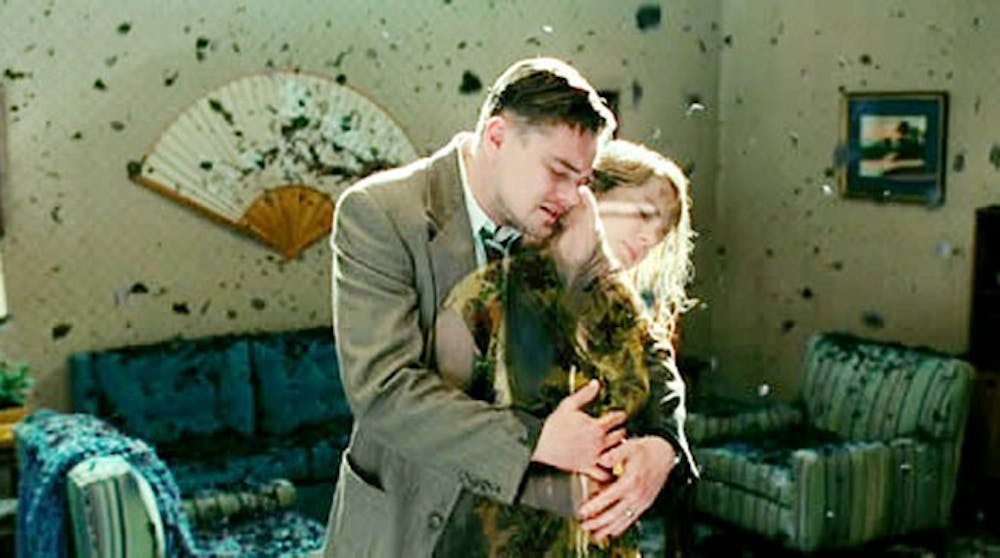Sanity is circular. At some point, even those deemed insane can start to sound normal again and normal people can start to sound mad. That's what "Shutter Island" is like, and it spins that sanity wheel over and over like a hamster stuck in a cage.
Most people know and love director Martin Scorsese's work — "The Departed," "Gangs of New York," "Taxi Driver" and "GoodFellas" - so a thriller of this caliber isn't really a shock. Even the trailer lures in horror crowds that might not otherwise see a film like this. But although it's graphic, and terrible things emerge from the shadows like boogeymen, this is not a horror film. It's never as scary as it is abrupt and abrasive. The sanity of its main character is always in question, thereby challenging the meaning of any of its scary scenes.
Leonardo DiCaprio plays Teddy Daniels, a Boston investigator who comes to the island of the damned to find a missing patient at a mental institution. Or maybe he isn't, and maybe he doesn't. It never really matters. The dialogue is sharp and intrusive. The scenery
and other characters are penetrable only to the point that Daniels' mind is — "Have you ever heard of a transorbital lobotomy, Mr. Daniels?" And you're left dazed and wounded like he is, without much understanding of how you have become as twisted as Daniels on this cagey island.
Don't read this thinking I disliked the movie for its mysterious story — I loved it. Admittedly, it has pauses that need to be trimmed from the middle, and sometimes the accents are exactly what they are — accents on a person playing the part of a Boston cop or doctor. Also, there is a little bit of a broken promise at the beginning of the movie, when "Ward C" is introduced as the place where "people never stop screaming," but only five minutes of the film lets us inside. But otherwise, Scorsese does a great job giving the audience a glimpse of what it would be like to be mad without knowing it, perhaps winking at the desperate confusion of his main character as Daniels drags the audience down with him. You see, sanity isn't just a wheel that spins as fast or slow as the creature inside it; it's also malleable, depending on whose side is controlling the idea of insanity. And in this movie, Scorsese wrote the encyclopedia.
The best scene of the movie is also the scene with the most talking and least amount of action. Patricia Clarkson pops up to talk with Daniels in a cave, describing the situation at the institution and what Daniels is up against. It is a little deus ex machina, but works so well in light of everything else that even I was thrilled to see her appear on screen to describe/twist things.
Also, sorry if you read to the end of this review thinking I'd spoil the ending for you. You can do that on your own with Google, you cheater. Or you can watch the movie. Watch the madness and ask the tough questions yourself.
Contact staff writer Jordan Trippeer at jordan.trippeer@richmond.edu
Support independent student media
You can make a tax-deductible donation by clicking the button below, which takes you to our secure PayPal account. The page is set up to receive contributions in whatever amount you designate. We look forward to using the money we raise to further our mission of providing honest and accurate information to students, faculty, staff, alumni and others in the general public.
Donate Now



